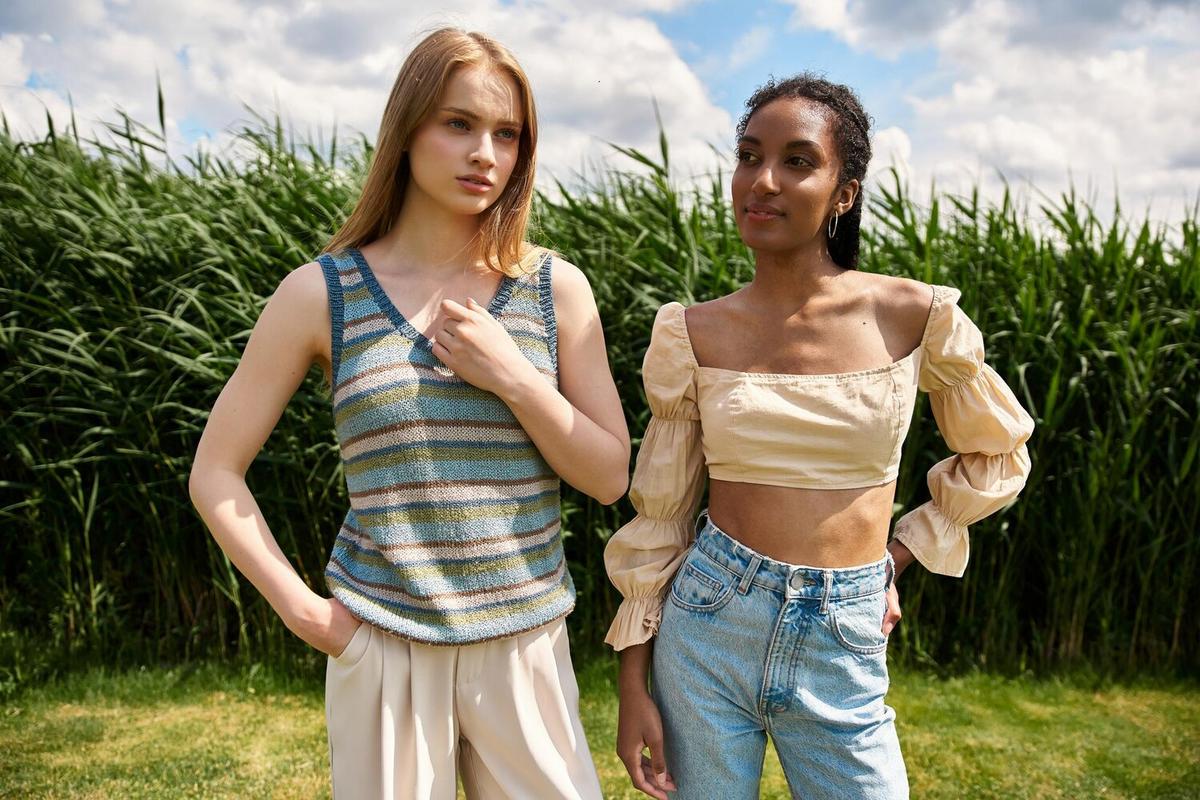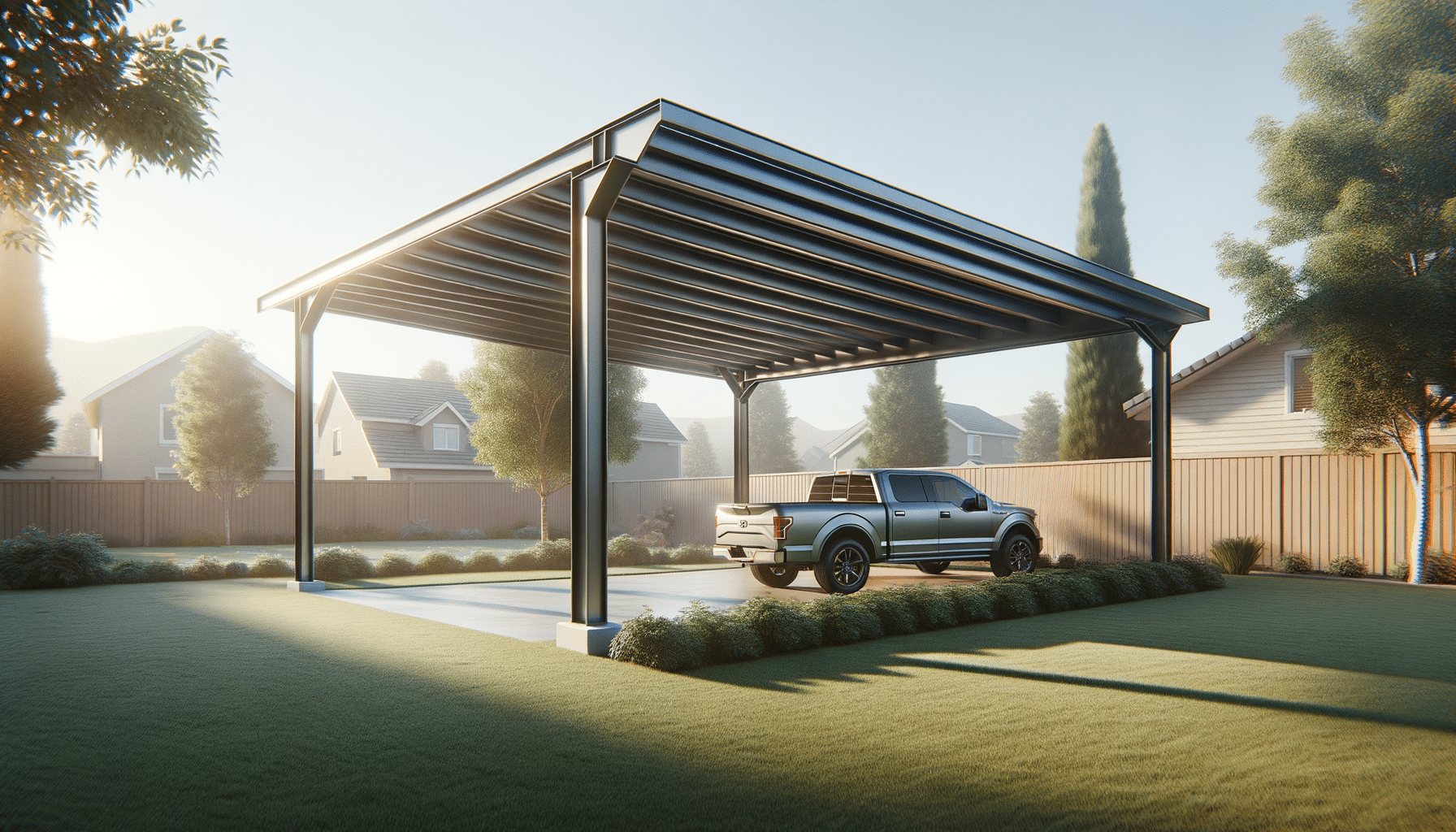
The Ultimate Guide to Building a Sustainable Wardrobe
Creating a sustainable wardrobe is more than just a fashion trend; it’s a meaningful step towards a more eco-friendly lifestyle. This guide will provide you with practical advice, expert insights, and actionable steps to help you build a wardrobe that not only looks great but is kind to the planet.
The Importance of a Sustainable Wardrobe
As awareness of environmental issues grows, more people are turning to sustainable fashion. According to a 2021 report by the Ellen MacArthur Foundation, the fashion industry is responsible for about 10% of global carbon emissions. This highlights the need for more conscious consumer choices.
Expert Insights
“Sustainable fashion is not just about buying eco-friendly clothes; it’s about changing our mindset and habits,” notes fashion sustainability expert Lucy Siegle.
Steps to Building a Sustainable Wardrobe
1. Assess Your Current Wardrobe
Before adding new items, evaluate what you currently own. Identify pieces that you love and wear frequently, and those that can be donated or repurposed.
2. Choose Quality Over Quantity
Invest in high-quality pieces that will last for years. According to a study by WRAP, extending the life of clothing by just nine months can reduce its environmental impact by 20-30%.
3. Opt for Sustainable Brands
Look for brands that prioritize sustainability. Websites like Good On You can help you find ethical fashion brands.
4. Embrace Second-Hand and Vintage
Shopping second-hand reduces demand for new clothing production. Thrift stores and online platforms offer a wide range of pre-loved fashion.
5. Practice Mindful Purchasing
Avoid impulsive buys. Consider if a new item will complement your existing wardrobe and if it’s truly needed.
Personal Experience
When transitioning to a sustainable wardrobe, I found that focusing on timeless styles and versatile pieces greatly reduced my overall clothing consumption.
Comparison Table: Sustainable vs. Fast Fashion
| Aspect | Sustainable Fashion | Fast Fashion |
|---|---|---|
| Material | Organic, recycled | Synthetic, often non-biodegradable |
| Production | Ethical, fair trade | Often exploitative labor |
| Durability | Long-lasting | Short lifespan |
| Environmental Impact | Low | High |
| Price | Higher upfront | Cheaper |
| Style | Timeless | Trendy |
| Consumer Influence | Lower consumption | Encourages overconsumption |
| Carbon Footprint | Lower | Higher |
Pro Tip: Organize your wardrobe by season and color. This helps you see what you have and reduces unnecessary purchases.
FAQs
How can I tell if a brand is sustainable?
Look for certifications such as GOTS for organic textiles or Fair Trade for ethical production.
Is sustainable fashion more expensive?
While the initial cost may be higher, the longevity and quality of sustainable items often make them cost-effective in the long run.
Conclusion
Building a sustainable wardrobe is a rewarding journey that benefits both you and the planet. By making informed choices and prioritizing quality over quantity, you can enjoy a stylish, eco-friendly closet. Start today by evaluating your current wardrobe and exploring sustainable fashion options. Your choices matter, and every step towards sustainability counts.


